Since we decided to start making our land more useful for us, we realized how daunting this task is going to be and how much we desperately need a plan. For the past ten years, I have cleared a little land here and there, but discovered that I can’t keep it from growing up. I don’t want to clear land just so I would have more to mow.
Kelly and I decided to develop a pasture plan. This would be phase one of our clearing and should give us plenty of pasture for our first livestock endeavors. I took multiple screenshots of our property from Google Earth and pasted them all together to make one large image of the front of our property. We could then strike a line around our property boundaries and then develop our fencing plan.
Since our land is NOT flat, we can’t simply lay out a grid pasture plan. We have to follow the lay of the land and look for issues such as low fence locations that an animal could easily jump over if it were on the uphill side, ideal stream crossings, vertical rock faces, and other such obstacles.
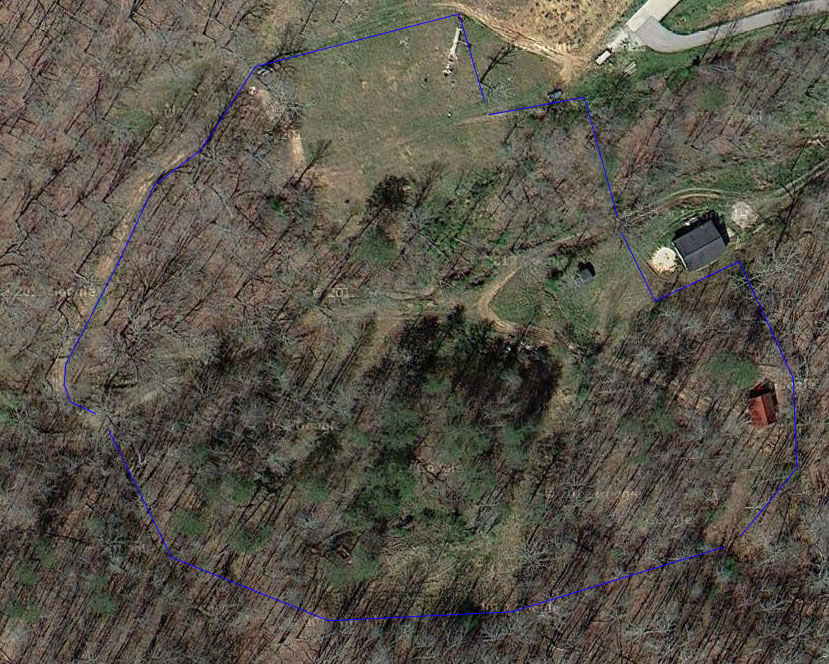 With those considerations in mind, we came up with the following plan. The blue line represents the outer-most fencing of the pasture area. This covers some steep slopes as well as flat and gradually sloping land. Some of it is clear of trees already, while some is still completely forested.
With those considerations in mind, we came up with the following plan. The blue line represents the outer-most fencing of the pasture area. This covers some steep slopes as well as flat and gradually sloping land. Some of it is clear of trees already, while some is still completely forested.
The trees inside the area are in the designated “kill zone” and are scheduled to be removed. There are some trees that will be left standing for shade and erosion control. Our plan is to remove all of these trees by hand. I have cleared land in the past with heavy equipment, and while it is a much faster process, it doesn’t fit our budget nor do I like the large debris piles and potential for vast amounts of top soil erosion.
The other benefit of clearing by hand, is all the trees in the “kill zone” will be identified and will not go to waste. Locust and other hardwood trees, will be cut and split for fence posts. Other hardwoods that are 14 inches or more in diameter will go to the sawmill for wood shop wood or dimension lumber. The Virginia Pine will go to the mill for dimensional lumber and will be used on the upcoming chicken coop and barn projects. We burn a great deal of fire wood during the winter months, so the left-over hardwood tree tops will go to the firewood pile.
This pasture plan should allow for a minimum of four rotational grazing paddocks as well as multiple chicken pastures all with access to the main stream flowing through the center of the property.
Clearing this land, which I roughly estimate as 4 to 5 acres of our 100, will take several years, but it will be worth it when we have quality pasture land available.

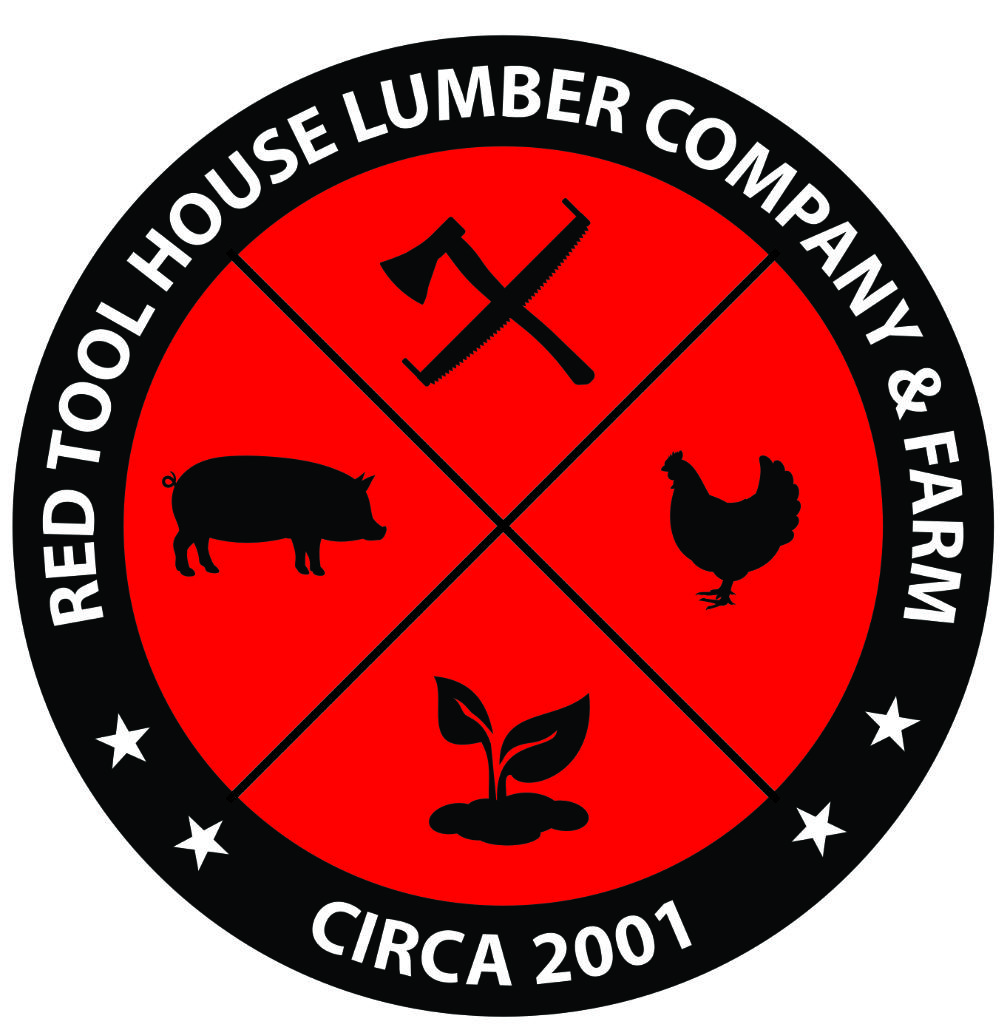

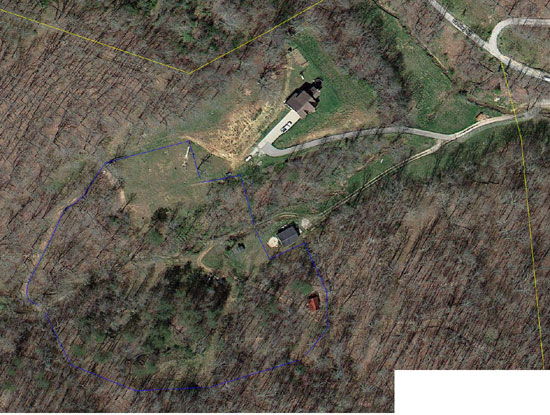
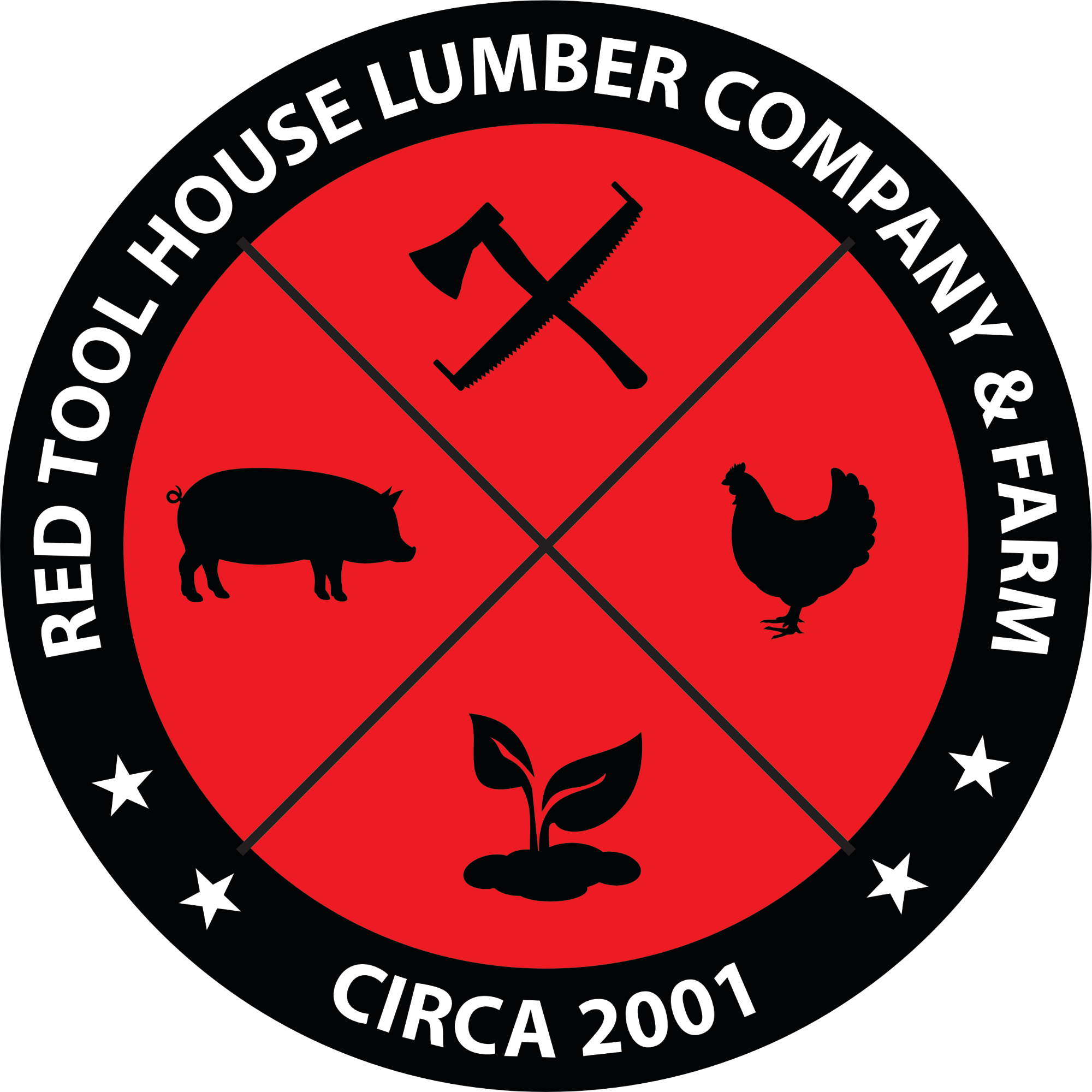
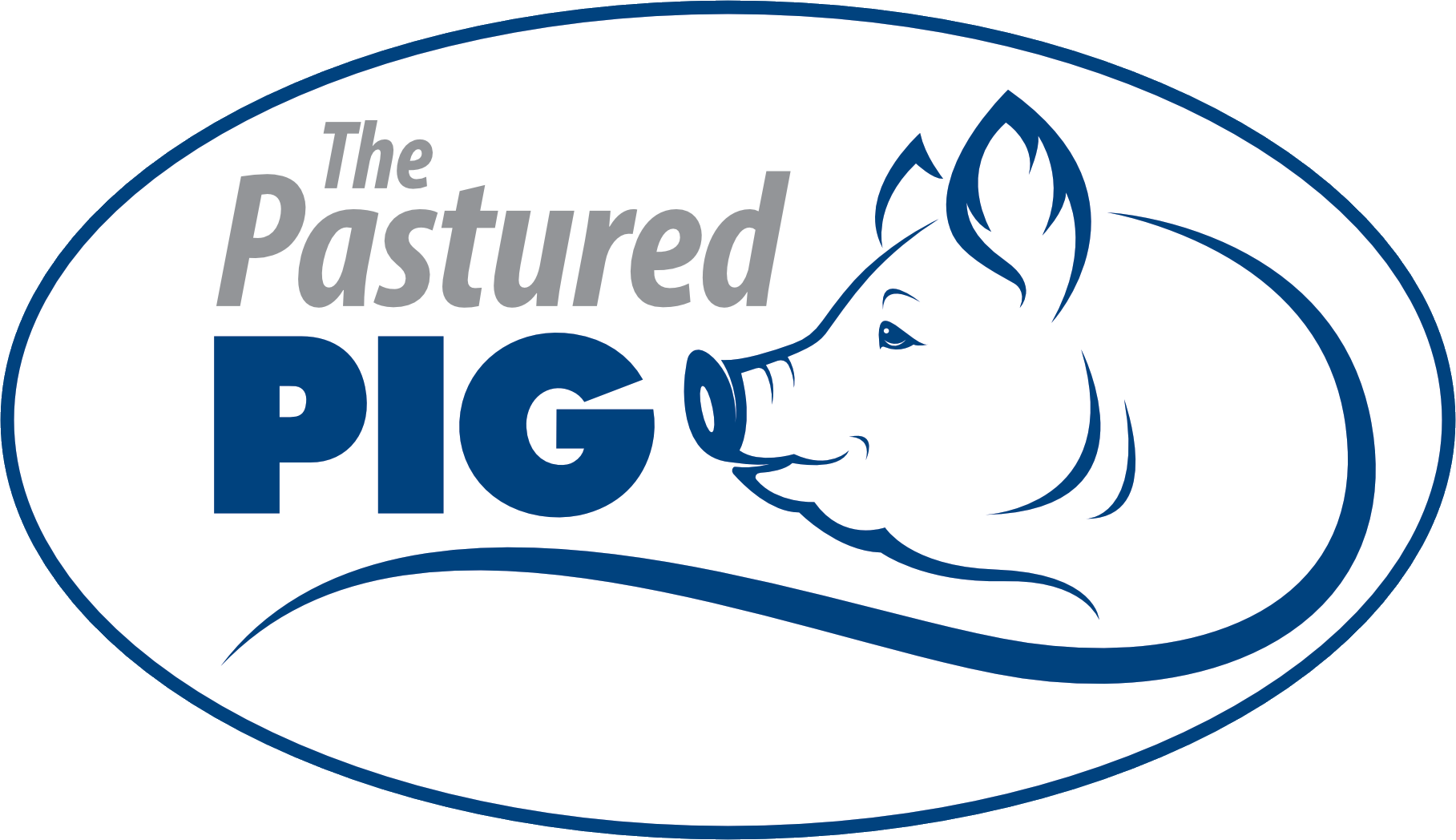
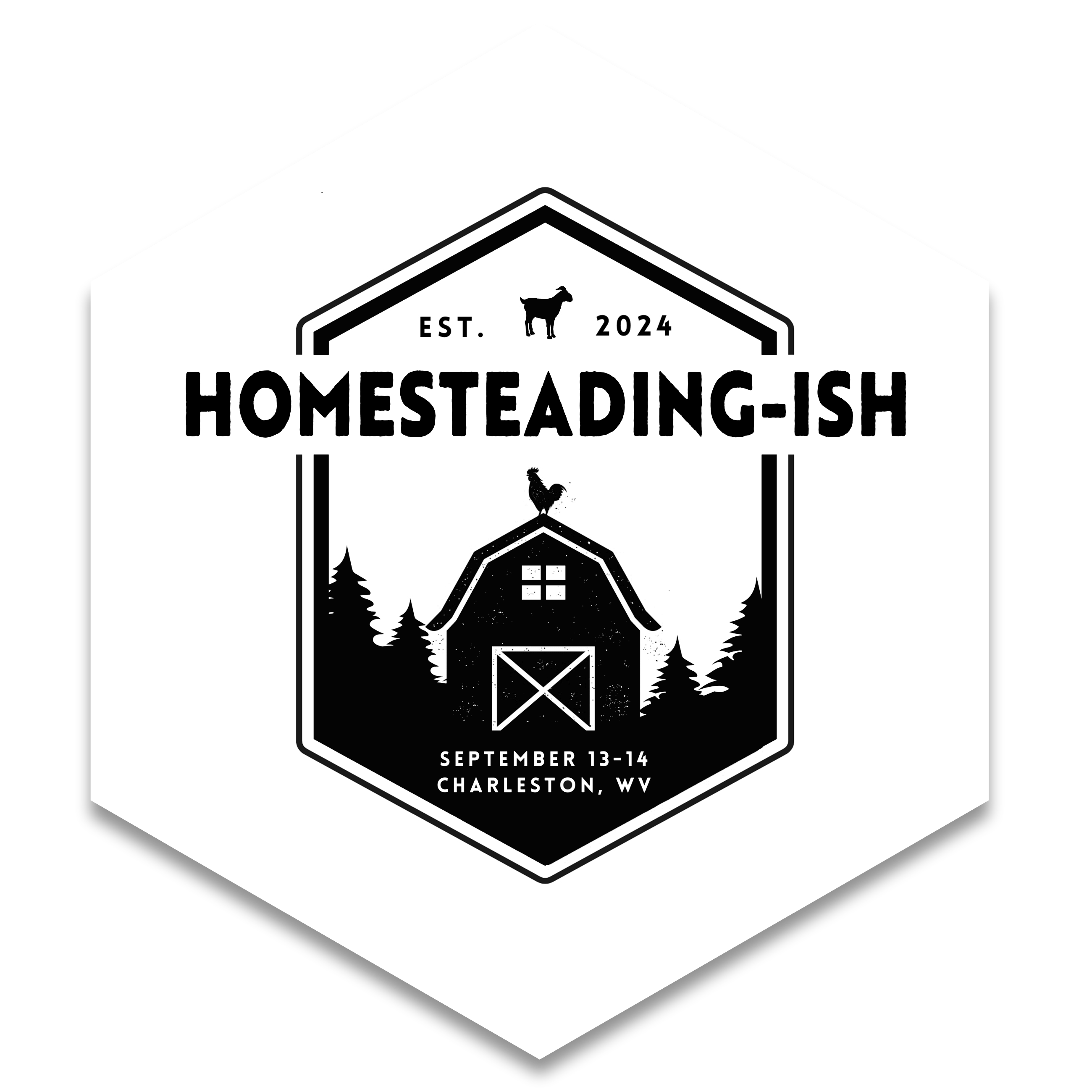
Awesome! Can’t wait to see the progress on here. Blog looks great, too!
Thanks, Jes. We will see how it goes.
Way to go Troy and Kelly. This is great, love the site and seeing what you guys are doing. Will enjoy watching the progress.
Thanks, Marty! Hopefully we can keep it going.